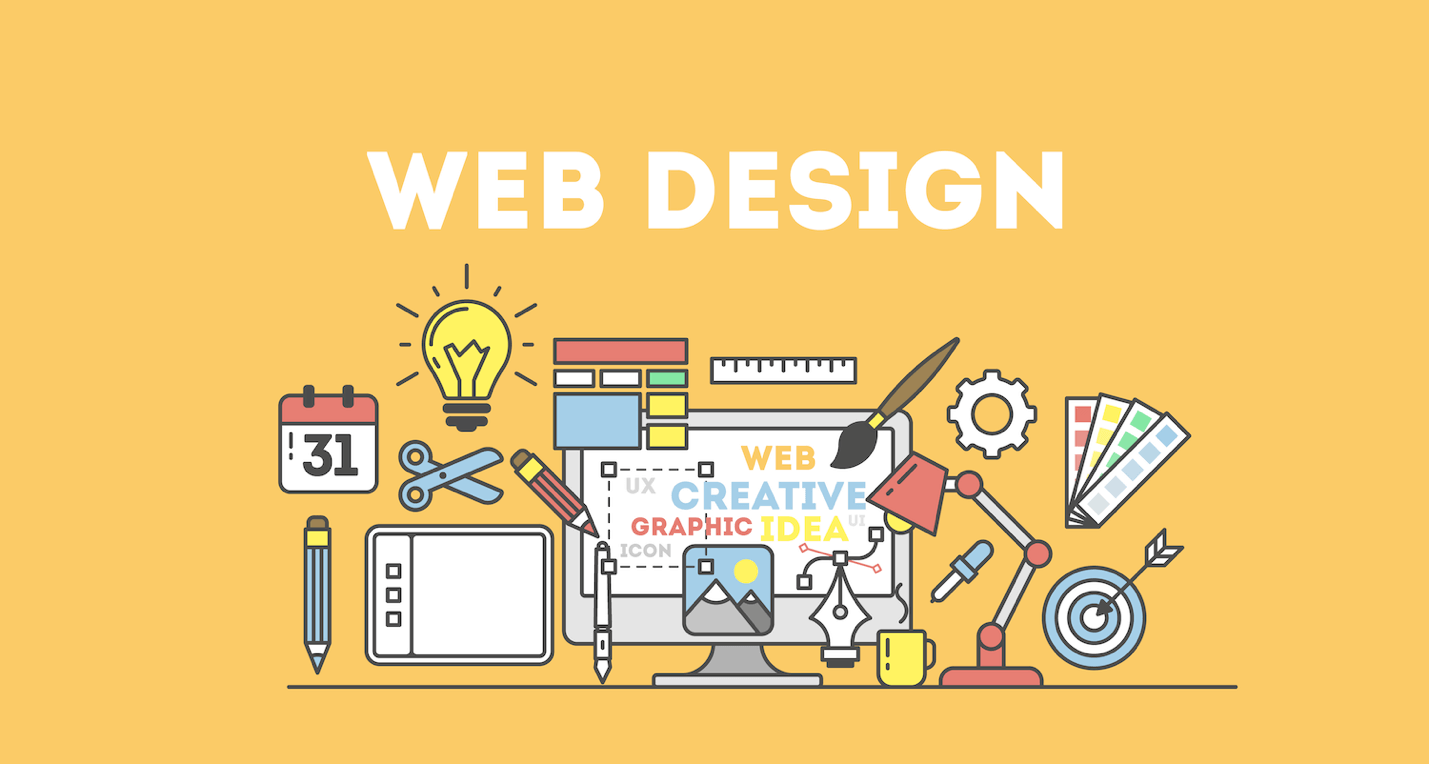Reliable Web Design Company Singapore for Complete Site Development
Top Trends in Web Site Layout: What You Need to Know
Minimalism, dark mode, and mobile-first approaches are among the essential themes forming modern style, each offering unique benefits in customer engagement and functionality. In addition, the emphasis on access and inclusivity highlights the relevance of creating electronic environments that provide to all customers.
Minimalist Design Aesthetics
Recently, minimal design appearances have arised as a leading pattern in website design, highlighting simpleness and functionality. This technique focuses on vital content and gets rid of unneeded elements, thus improving user experience. By concentrating on tidy lines, enough white space, and a restricted shade scheme, minimalist styles assist in easier navigation and quicker tons times, which are essential in preserving users' interest.
Typography plays a substantial role in minimalist layout, as the selection of font style can evoke specific emotions and assist the individual's journey via the material. The tactical use of visuals, such as high-grade photos or subtle animations, can boost individual engagement without overwhelming the overall visual.
As digital spaces proceed to develop, the minimal design concept stays relevant, accommodating a diverse target market. Services adopting this trend are commonly viewed as modern-day and user-centric, which can substantially influence brand perception in an increasingly affordable market. Inevitably, minimalist design appearances use a powerful option for effective and attractive website experiences.
Dark Mode Popularity
Welcoming a growing pattern amongst customers, dark setting has actually gained substantial popularity in website layout and application interfaces. This layout approach features a predominantly dark color scheme, which not just enhances visual appeal however additionally decreases eye stress, particularly in low-light environments. Individuals significantly appreciate the comfort that dark setting gives, causing longer engagement times and an even more delightful browsing experience.
The adoption of dark mode is likewise driven by its viewed advantages for battery life on OLED displays, where dark pixels consume less power. This useful benefit, incorporated with the trendy, modern look that dark styles supply, has actually led several developers to incorporate dark mode options into their jobs.
In addition, dark setting can develop a sense of depth and focus, drawing attention to crucial elements of a web site or application. web design company singapore. As a result, brand names leveraging dark setting can boost customer communication and produce a distinctive identification in a jampacked industry. With the pattern proceeding to increase, including dark mode into website design is coming to be not simply a preference yet a conventional expectation among users, making it essential for designers and designers alike to consider this aspect in their tasks
Interactive and Immersive Components
Often, designers are incorporating interactive and immersive elements right into internet sites to boost individual interaction and create remarkable experiences. This fad reacts to the boosting expectation from customers for even more dynamic and individualized communications. By leveraging functions such as animations, video clips, and 3D graphics, web sites can draw customers in, fostering a much deeper connection with the content.
Interactive components, such as quizzes, polls, and gamified experiences, motivate visitors to actively get involved instead of passively eat info. This engagement not only keeps users on the site much longer but additionally raises the possibility of conversions. In addition, immersive innovations like virtual fact (VR) and increased reality (AR) use unique possibilities for companies to display product or services in a more engaging manner.
The unification of micro-interactions-- small, subtle animations that react to customer activities-- also plays a vital duty in boosting usability. These interactions supply responses, boost navigating, and create a feeling of satisfaction upon completion of tasks. As the digital useful link landscape continues to progress, the usage of interactive and immersive elements will stay a considerable focus for designers aiming to produce appealing and efficient online experiences.
Mobile-First Strategy
As the prevalence of smart phones remains to surge, embracing a mobile-first technique has actually ended up being crucial for internet designers aiming to maximize customer experience. This method stresses designing for mobile phones before visit their website scaling up to bigger displays, ensuring that the core capability and material are accessible on one of the most generally made use of system.
One of the primary advantages of a mobile-first method is improved efficiency. By concentrating on mobile style, sites are streamlined, decreasing lots times and improving navigation. This is specifically critical as customers expect quick and responsive experiences on their smart devices and tablet computers.

Ease Of Access and Inclusivity
In today's electronic landscape, making sure that websites come and comprehensive is not just a best practice but an essential requirement for getting to a diverse audience. As the internet remains to act as a key ways of communication and business, it is important to recognize the diverse requirements of customers, including those with disabilities.
To accomplish true access, web developers need to stick to developed guidelines, such as the Internet Material Accessibility Standards (WCAG) These standards highlight the importance of providing message options for non-text web content, guaranteeing key-board navigability, and maintaining a sensible content structure. Inclusive layout methods expand past compliance; they include developing a user experience that suits different capacities and choices.
Incorporating functions such as flexible message sizes, shade contrast choices, and display reader compatibility not only improves use for people with specials needs yet additionally enriches the experience for all users. Eventually, focusing on access and inclusivity fosters a much more equitable electronic setting, urging more comprehensive participation and engagement. As businesses increasingly recognize the moral and economic imperatives of inclusivity, integrating these principles into website style additional info will certainly end up being an essential element of successful online methods.
Final Thought
